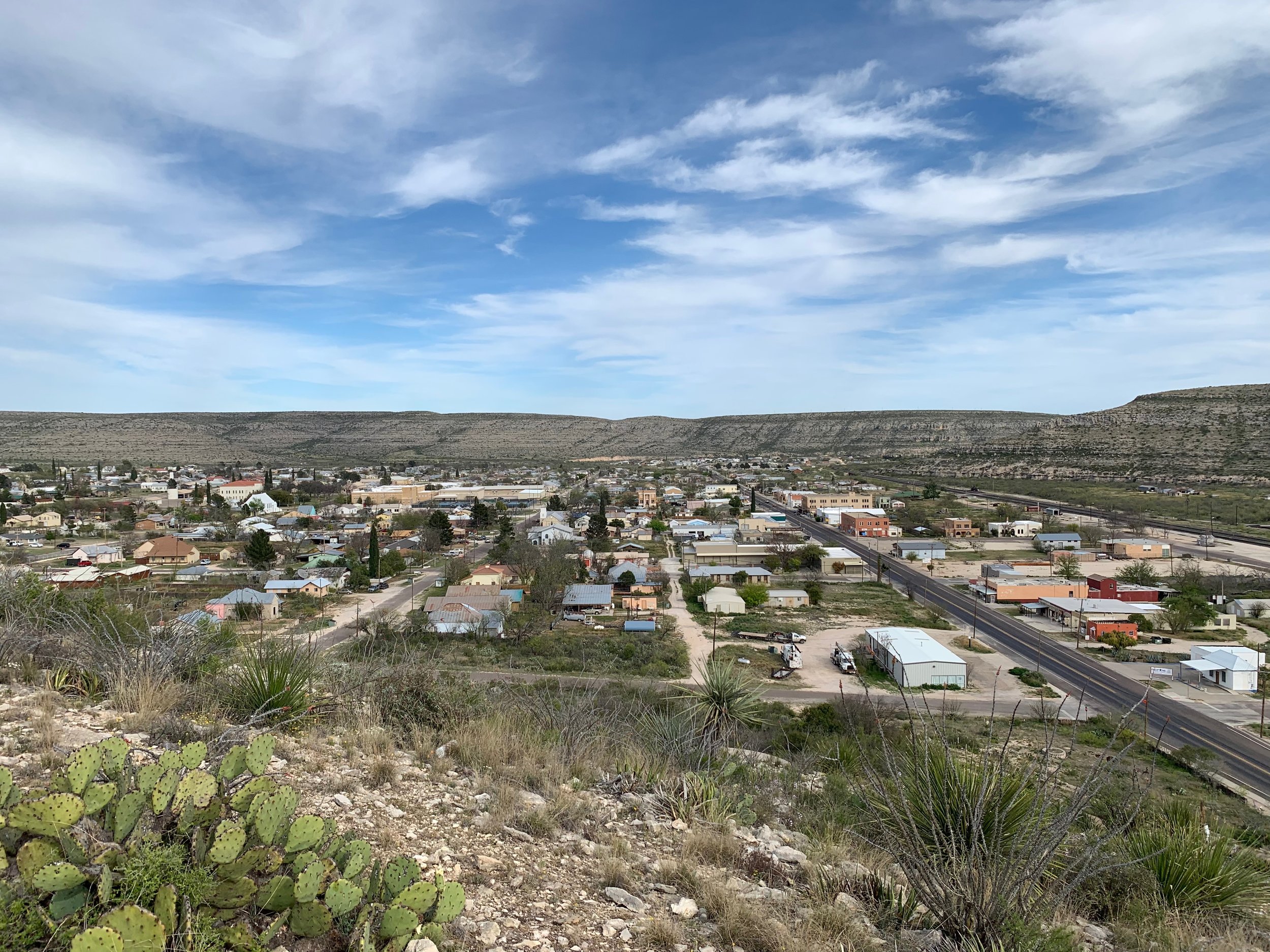Ocotillo (Fouquieria splendens)
/Ocotillo (Fouquieria splendens)
Spring is here! That means we get to experience the beautiful colors of the desert scenery. We are excited to be heading back to Sanderson in a couple of weeks and look forward to the blooming vegetation. We’ve been wanting to post some blogs about the plants we love in the area - this is the first one. Note the references at the bottom of the blog is you are interested in a few great books.
Anyone that has been to west Texas knows the Ocotillo. It is a perennial shrub with long branches that reach up from the low trunk and far into the sky. These shrubs can get as tall as 15 ft. They have a strange, otherworldly appearance. Like they should be a plant at the bottom of the ocean. Sometimes they remind me of an upside down octopus. Whatever they remind you of, they are distinctly west Texas and you know as soon as you see one that you've made it to the Chihuahua Desert.
Picture taken in sanderson
This sturdy plant has sharp spines up the entire length of the branches and small leaves that also run the length of the branch from top to bottom. The brilliant green leaves will appear with just the smallest amount of rain. After a couple weeks the leaves fall off and the ocotillo is left bare until the next rain when new leaves appear again. The only thing more brilliant than a green ocotillo is an ocotillo in bloom. A red bunch of tubular flowers will bloom on the top of each branch in spring time. Hummingbirds migrating north and carpenter bees are the main ocotillo pollinators.
picture taken in big bend national park
The ocotillo plant has a rich ethnobotanical history as a much relied upon plant of desert inhabitants. The spiny branches were/are used as a living fence. Branches are cut the desired fence height and tied side by side between posts. Ocotillo has several medicinal uses as well. It is known, as an example, by herbalists for its ability to move lymphatic stagnation of the pelvic area.
Ocotillo plants can be found as far east as Sanderson and there are plenty on the town hiking trail. If you know this plant already you will be pleased to see them in Sanderson. If this plant is new to you, once you see it you will have a life before and life after experience. As in, there was life before ocotillo and life after ocotillo.
Resources
Slattery, John. 2016. Southwest Foraging. Oregon: Timber Press
Telkes, Nichole. 2014. Medicinal Plants of Texas. Wildflower School of Botanical Medicine Publishing
Turner, Matt Warnock. 2009. Remarkable Plants of Texas. Austin: University of Texas Press



